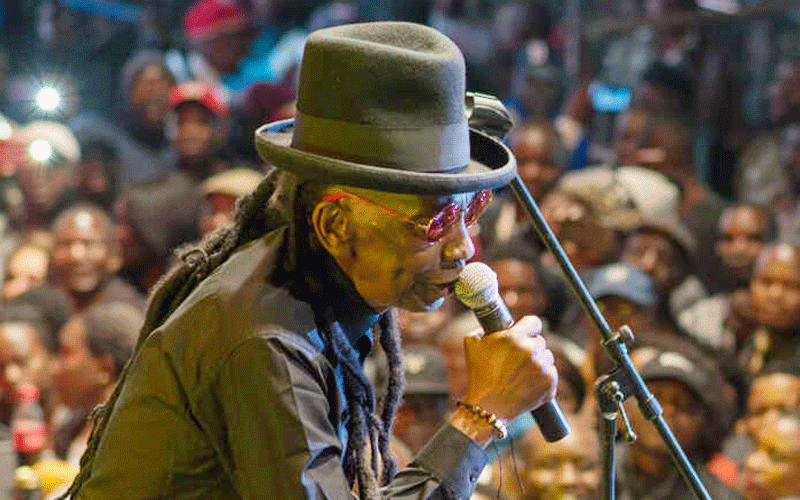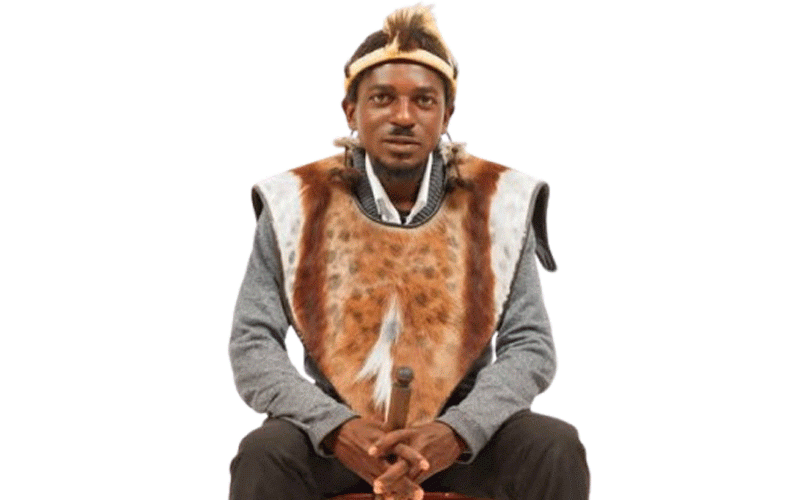
Despite much unsought advice to swiftly scrap any thoughts of a few weeks’ working holiday north of London and more or less overlapping the Olympic and Paralympic Games, I persisted.
Report by Dusty Miller The nearest yours truly got to the actual events was a very long day in London’s Victoria area, while my family (who weren’t sure I was coming) saw the Ladies’ Diving live in the East End on tickets procured at vast expense.
Not much of a TV fan at any time, my “PB” (personal best) for watching the Olympiad on the box was probably about two hours at any one time, although great slabs of the day at Victoria were spent gawping at the telly in St George’s Tavern, as regulars argued whether we should watch archery, compulsively repulsive women’s weightlifting, or an apparently previously unheard of cycling event which seemed to owe much to Mary Poppins.
My six-year-old grand-daughter made us laugh mis-pronouncing Usain Bolt as Insane Bolt! In Scotland we, coincidentally, called for lunch at a pub in Peebles, The Crown Inn, where one Scott Brash (apparently by name, not nature) often wets his whistle; as we ate haggis, Mr Brash appeared on the inn’s massive TV screen as he competed (unsuccessfully) in the men’s team show-jumping for Great Britain.
Peebles was a favourite with Victorian holidaymakers and still does well out of tourism. It was also a textile manufacturing centre, but only one mill survives. Apparently most Peebles residents now commute to work in Edinburgh, 22 miles (about 35km) away.
I would have probably beaten my own PB for couch-potato-ing, viewing the Men’s Marathon on the last day of the Games…the attractions being not so much the superb human running machines from Ethiopia, Kenya and Uganda but the living history of the streets through which they ran, many of which I’d pounded at a much more sedate pace, pub-crawling, as a youth.
But we were based in Moffat in Dumfries and Galloway and London 2012 (and the Marathon, due to end about 2pm) took a poor second to the much-vaunted charity Sheep Races in the town centre, which were due to start at 1:35pm with an event every half hour until just after 5pm.
- Chamisa under fire over US$120K donation
- Mavhunga puts DeMbare into Chibuku quarterfinals
- Pension funds bet on Cabora Bassa oilfields
- Councils defy govt fire tender directive
Keep Reading
Hand-knitted “jockeys” (many in kilts and Highland regalia) sat astride the backs of pedigree border sheep of sundry breeds and for hundreds of residents of Moffat and neighbouring towns in Scotland’s Southern Uplands it was — for a few hours, anyway — a case of forget Usain Bolt and cheer-on “Ewe”-Sain Bolt! Bookmakers did roaring trade at short odds, as did the town’s many taverns, gastro-pubs, restaurants, fish-and-chippies and tourism trade suppliers.
I stayed in Moffat for six nights during a recent working holiday and was lucky enough to be invited to base at Dowding House, run by the RAF Association for retired service personnel and dependents. Air Chief Marshal Lord Dowding, architect of the RAF’s brilliant victory over the Nazi Luftwaffe in World War II’s Battle of Britain, was born there when it was St Ninian’s School.
There are a dozen or more licensed premises around the market square, one of which — the Buccleuch Hotel — was run by a dispossessed Zimbabwean farmer, Dave Smith. His food was superb (I heard a daughter was the very talented chef) especially stock-rich root-vegetable soups, Guinness-and-beef-steak short-crust pies and succulent gammon steaks, with pineapple rings, field mushrooms, “proper” chips, crisply battered onion rings, an organic freshly-laid egg and good vegetables.
There are many Buccleuch (and Buccleugh) Arms, Inns and Hotels nearby, named after the Dukes of Buccleuch, huge land-owners whose main family seat is at Drumlanrig Castle. The Dukes also have the title Marquis of Queensbury, after whom boxing’s rules were named.
Another welcoming hostelry in the High Street is the Star Hotel and Restaurant, which dates back to the 1700s, and is in the Guinness Book of Records as the world’s narrowest hotel. Its three storey construction is just 20’ wide (less than six-metres) and 162’ long.
To get to Moffatt (population about 2 500 and a previous winner of the prestigious Britain in Bloom competition), I took a bus from Oxford, changing at depressingly modernistic Milton Keynes at midnight, to Lockerbie, about 16km from my destination: A big tick to my ex-Zimbo host, “Dismal” Donald Maclean, for being there to meet me, outside the police station, when National Express arrived at 05.55.
Lockerbie was unknown to most of the world until Pan-Am’s flight 103 blew up 35 000 feet above it on December 21 1988. A Libyan terrorist bomb killed 259 passengers from 21 nations on the Jumbo jet and 11 residents of the wee town of 4 000 souls.
It was home to a prisoner-of-war camp after World War II. Almost all prisoners were Ukrainians who had volunteered to fight for the Galician Division of the Nazi Waffen SS; not so much for Hitler and Fascism but against Stalin, communism and the occupation of their homeland.
Moffat is a grand base for visiting the lovely south-western corner of Scotland and/or north-west England. Among places we saw were Dumfries, the county seat of Dumfries & Galloway and rich in memories and traditions of Robbie Burns; Glasgow (once The Second City of the Empire) and Edinburgh’s suburbs. We went on the Galloway Kite Trail: the once extinct red kite having been successfully re-introduced post-DDT to this part of the world, watched daily kite-feeding at Bellymack Farm and saw ospreys fishing the Solway Firth.
Birdlife, generally, is magnificent; there are red-deer, badgers and foxes. Red squirrels are apparently still seen locally, but we’d no luck in that respect. We visited a Tibetan Buddhist temple perched high in the glens in Eskdalemuir. Incongruously, the Scottish Tourist Board say the Samye Ling Temple — the first to be built in the West — is among the country’s 10 most popular destinations.
We’d a nice cup of 11o’clock Rooibos Tea there (I’d taken the same brand from TM, Borrowdale as gifts for ex-Zimbos) in a sun-kissed Zen-peaceful gardens.
At the next table, two matrons consumed Tibetan toast with Buddhist baked beans as a mid-morning snack and behind us a spotty Glasgow chav berated his long-suffering mother for taking him somewhere he “couldnae” have a meat pie for lunch!
My two companions did have meat (and potato) pies for a fairly late lunch at the interestingly named Tibbie Shiels Inn at St Mary’s Loch above Selkirk.
Stunning surroundings, reportedly great fishing: They kindly took our lunch orders a few minutes after the kitchen had allegedly closed. I had a wonderful home-made leek and potato soup and a cheeseboard, but prices were jaw-droppingly dear, especially four Scottish pounds for a pint of Peroni draught lager!
[email protected] and (especially while travelling) [email protected]











